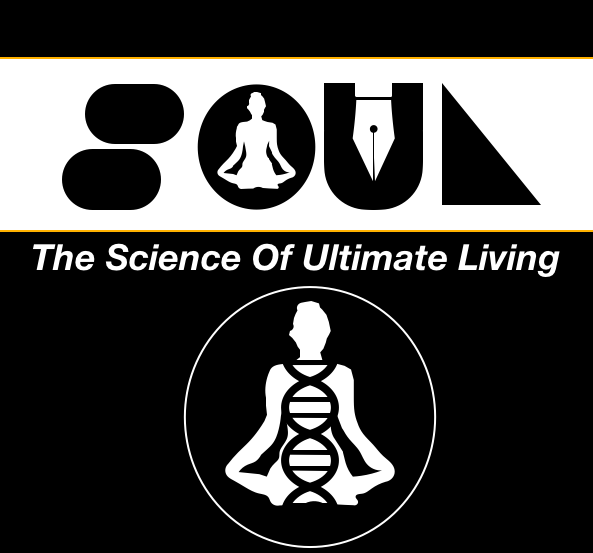
Faith can move mountains. It can kill you too.
In the realm of human experience, faith is a potent force, capable of both extraordinary feats and devastating consequences. Walter Cannon’s observations of sudden deaths in Latin American tribes following curses or condemnations hinted at the potential lethality of belief. Conversely, countless cases of miraculous healing attributed to faith healers suggest its remarkable healing power.
Seeking to unravel this mystical phenomenon, Curt P. Richter embarked on a series of intriguing, albeit somewhat harsh, experiments on rats. By submerging both wild and domesticated rats in water at varying temperatures, Richter sought to determine the role of belief in survival.
His findings revealed that the optimal temperature for rat survival was 95°F. Domesticated rats, with their inherent passivity, outlasted their wild counterparts, demonstrating the impact of domestication on resilience.
Intriguingly, Richter discovered that restraining or confining rats accelerated their demise, suggesting that the loss of hope played a significant role in their surrender to fate. Notably, trimming the whiskers of wild rats, their primary means of external sensory perception, hastened their death within minutes of submergence.

Further observations indicated that the rats’ deaths were not caused by rapid heartbeats but rather by a slowing of their heart rates, a consequence of overactivity in the parasympathetic nervous system, mirroring the phenomenon observed in Voodoo deaths. The rats, in essence, gave up.
To definitively establish the link between survival and hope, Richter needed to demonstrate that rats with a prospect of rescue could endure longer than the 10-15 minute typical survival period.
His results were astonishing. Rats that were rescued before succumbing to submersion swam significantly longer when reintroduced to the water. Remarkably, some rats, anticipating their rescue, not only survived for 30 minutes to an hour but managed to endure over 60 hours!
Richter’s experiments vividly illustrate the profound influence of belief on our physiology and resilience. The rats’ survival extended far beyond the realm of physical endurance, demonstrating the power of hope to transcend even the most dire circumstances.

As eloquently captured in the iconic line from The Shawshank Redemption, “Remember, Red, hope is a good thing, maybe the best of things, and no good thing ever dies.”
The study reminds me of Viktor Frankl, a renowned psychiatrist and Holocaust survivor, profoundly explored the human spirit’s resilience and the quest for meaning in his seminal work, “Man’s Search for Meaning.” Frankl’s insights, derived from his harrowing experiences in Nazi concentration camps, offer a poignant perspective on the power of hope, love, and the indomitable human will to survive even in the face of unimaginable suffering.
Frankl’s central thesis revolves around the concept of logotherapy, a form of psychotherapy that emphasizes the importance of finding meaning in life. He argues that despite the inevitability of suffering, it is not the absence of suffering but rather the absence of meaning that leads to despair.
Frankl observed that individuals who maintained a sense of purpose and hope, even in the depths of despair, were more likely to survive the horrors of the camps. These individuals found meaning in their relationships with others, in their creative endeavors, or in their religious faith.
Frankl’s experiences taught him that even in the darkest of times, there is always the possibility of finding meaning. He famously stated, “Everything can be taken from a man but one thing: the last of human freedoms – to choose one’s attitude in any given set of circumstances, to choose one’s own way.”
This makes me wonder, how many deaths could have been prevented during the Covid-19 pandemic just with a bit more hope? How many people died because of the fear created by media that made us believe we are in a hopeless situation?
Richter’s work serves as a testament to the transformative power of belief, reminding us that even in the face of adversity, the unwavering flame of hope can illuminate a path towards survival and healing.
Ref:
https://www.aipro.info/wp/wp-content/uploads/2017/08/phenomena_sudden_death.pdf


